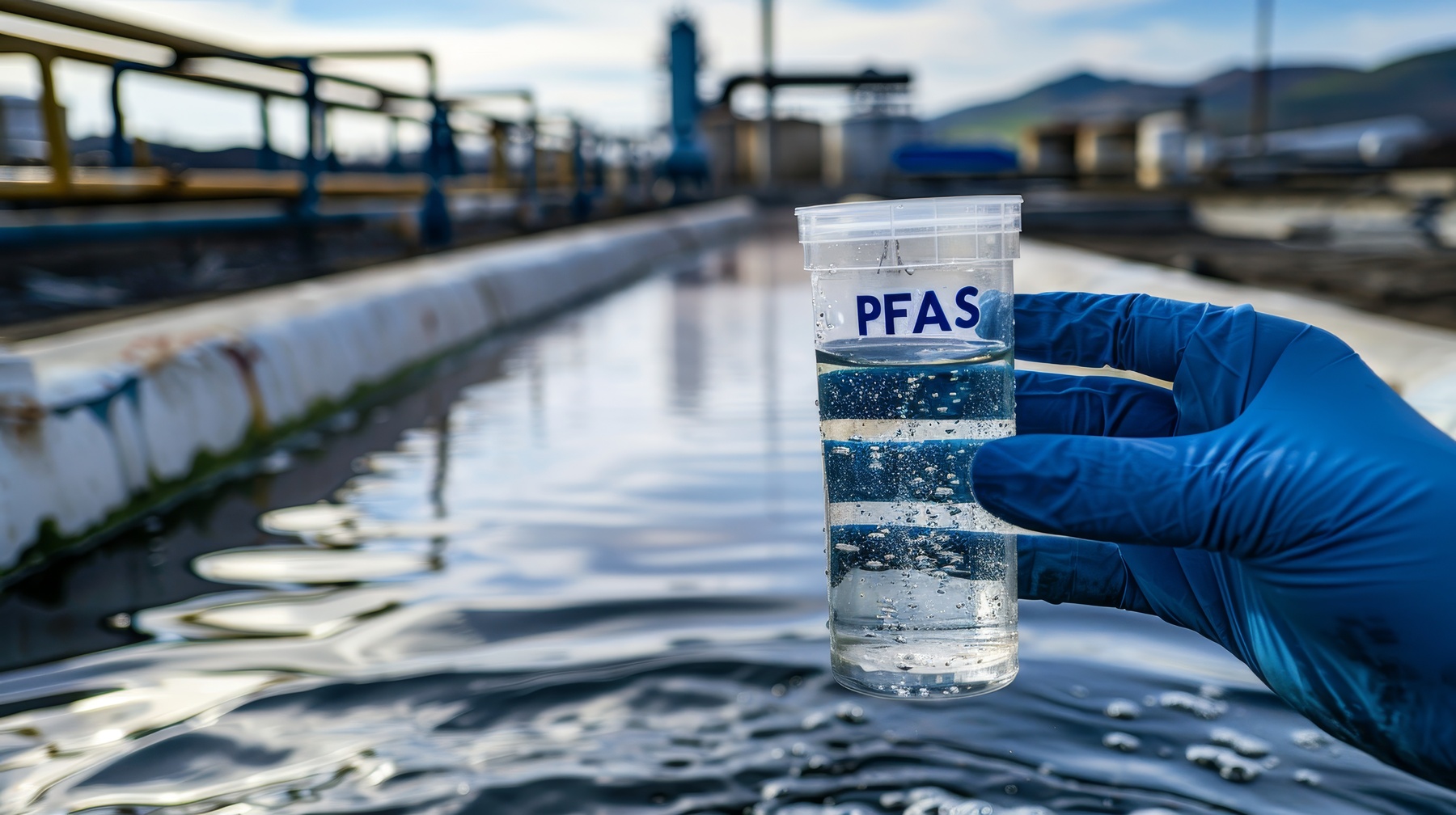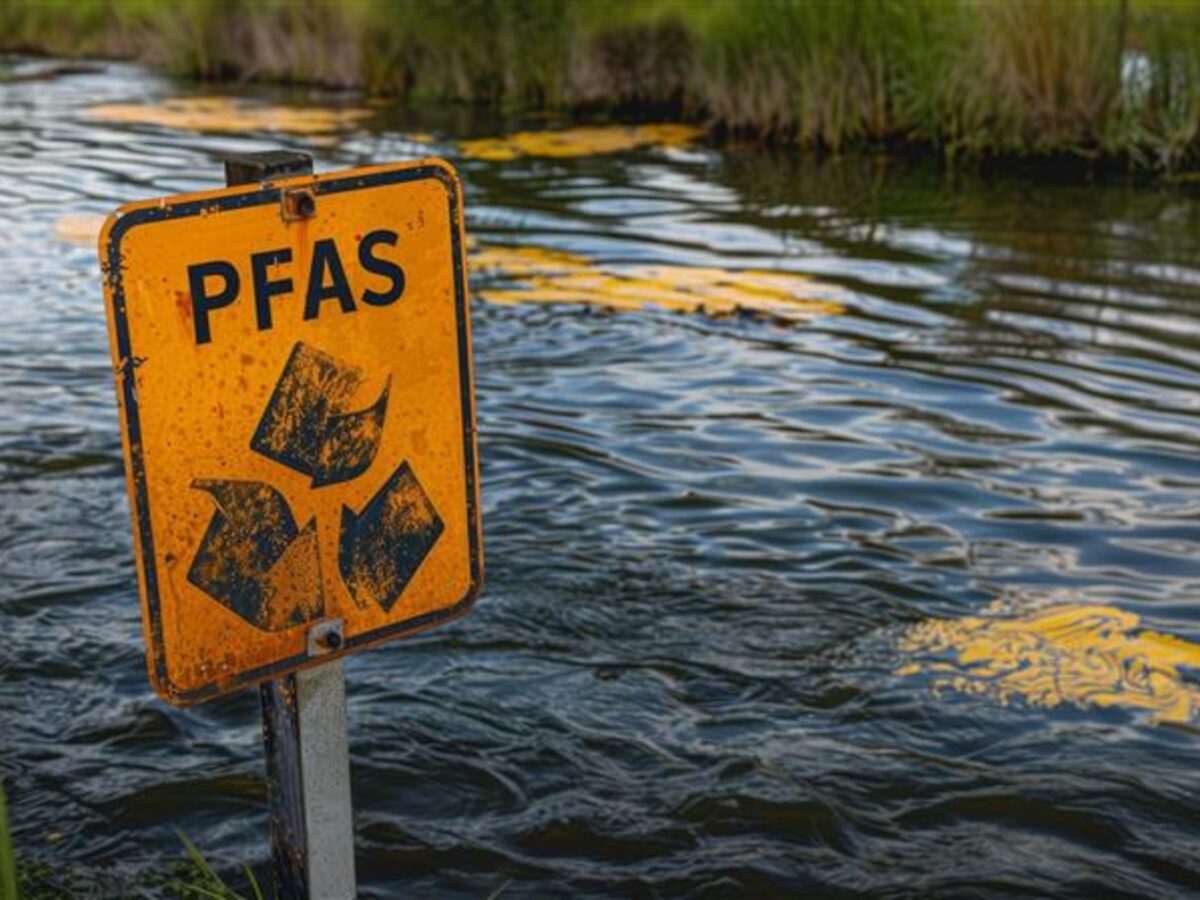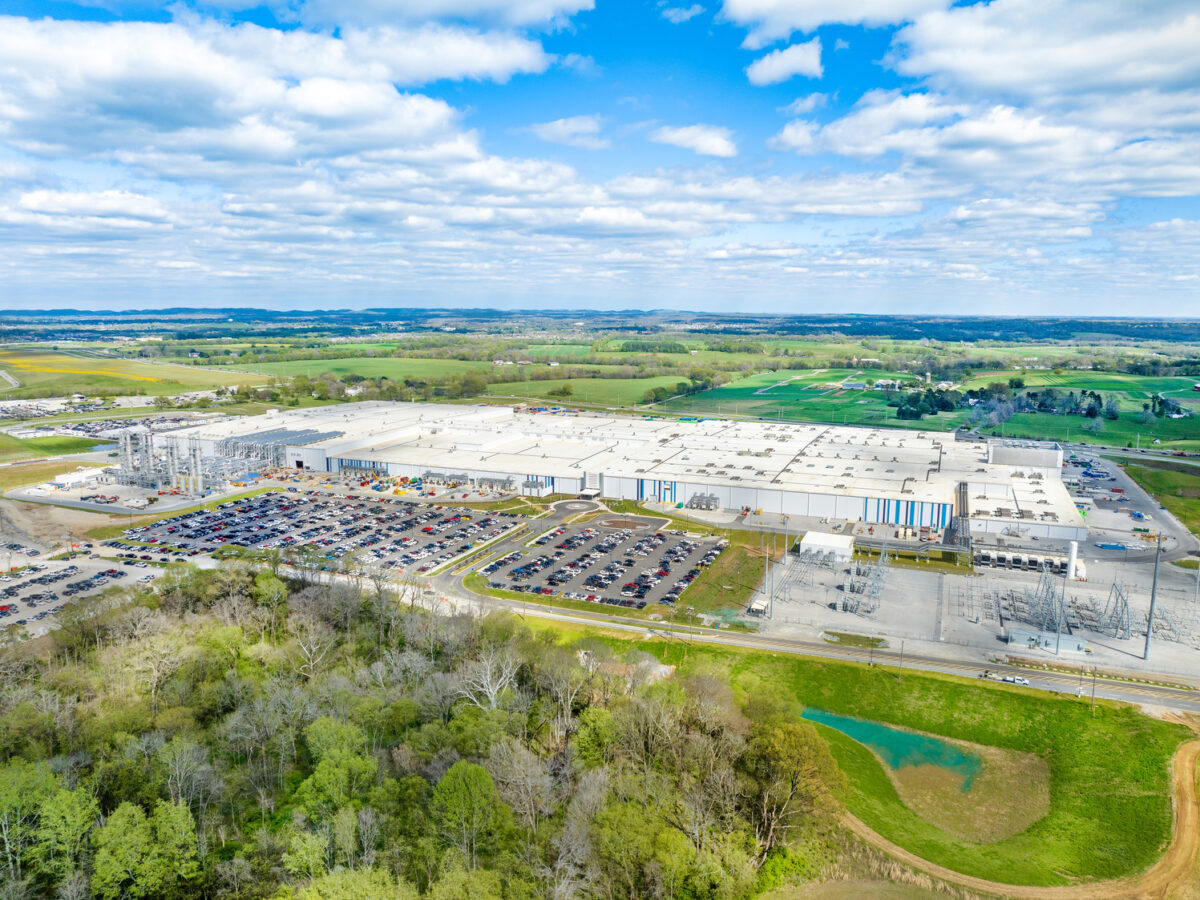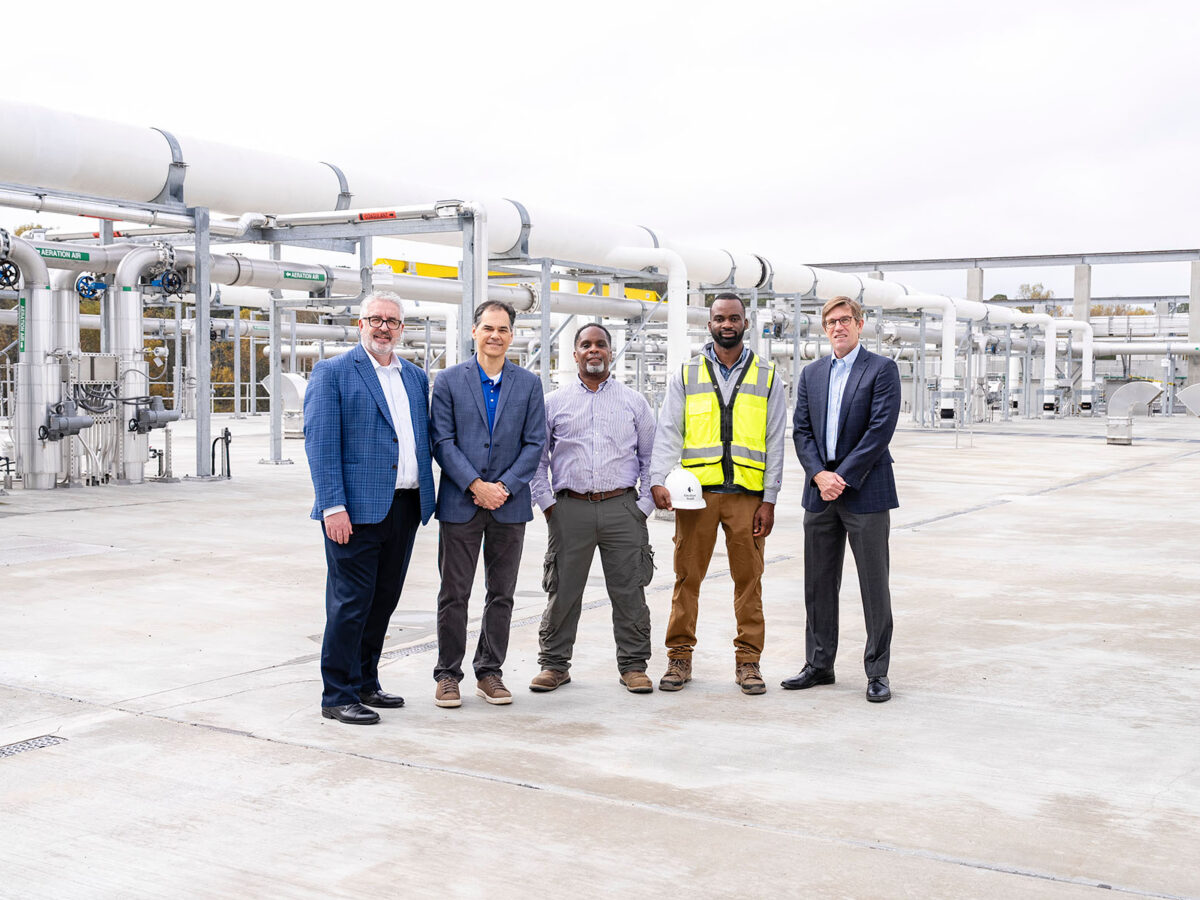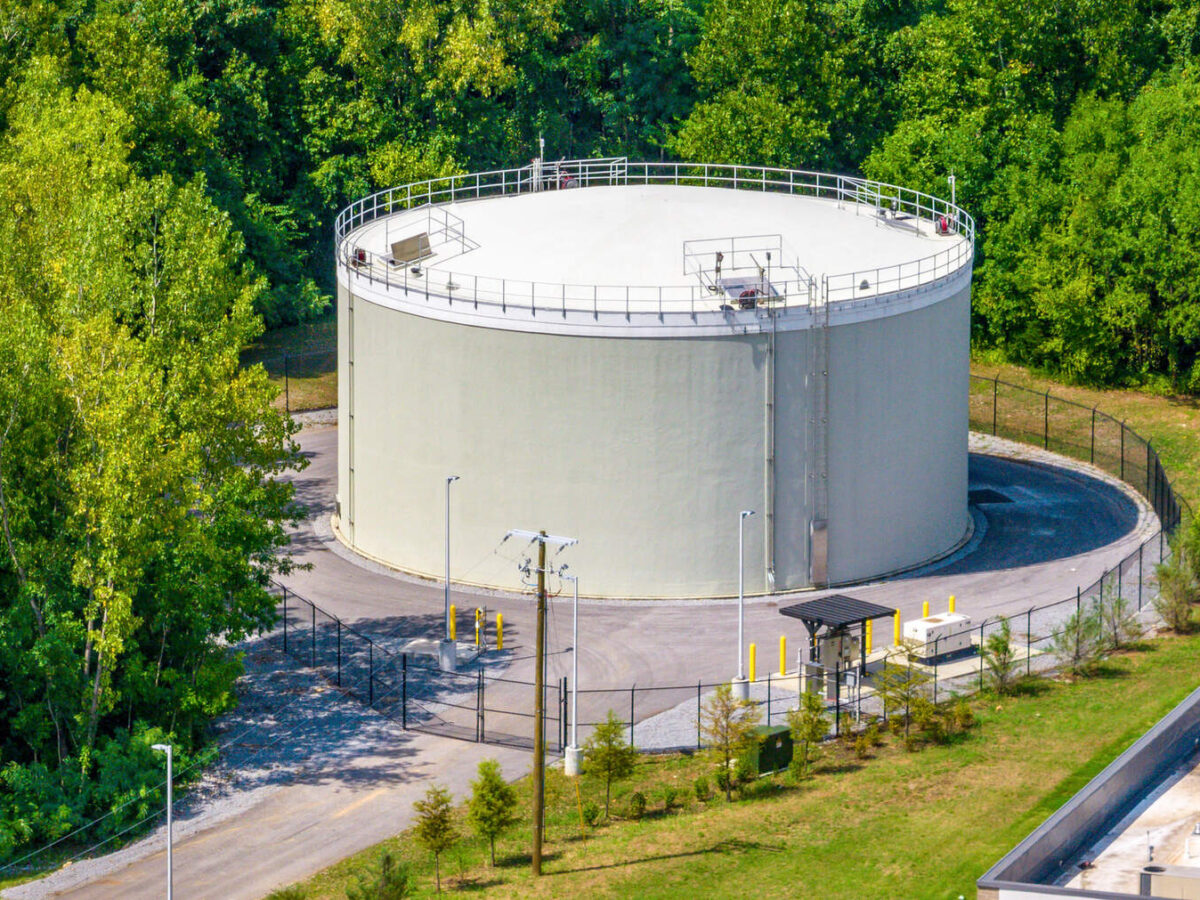By now, most water treatment professionals have heard of the continually emerging contaminants known as per- and polyfluoroalkyl substances (PFAS). Whether in news articles or scientific literature, mentions of these environmental contaminants have increased dramatically within the past decade as PFAS have become more visible to both water treatment practitioners and consumers. Customers of municipal water treatment systems are voicing concerns and posing questions about the safety of drinking water potentially contaminated by PFAS. While more attention is now focused on PFAS, credible sources of information are not always readily accessible, and the changing landscape of available treatment technologies to effectively remove and destroy PFAS in raw water makes staying on the forefront a continual effort.
What are PFAS, and how are they classified?
PFAS refers to a class of compounds that are exclusively anthropogenic. Over 5,000 of these substances have been recognized as being globally available. Because there are many individual compounds included in PFAS, they have been divided into distinct classes based on their chemical structure. The first distinction is between polymer PFAS and non-polymer PFAS. While polymer PFAS contain the perfluoroalkyl moiety (the portion of the molecule that is fully fluorinated) within the monomer, they are believed to pose a less immediate risk to human health and the environment than those within the non-polymer class, which will be the focus of this blog post.
The two subclasses of non-polymer PFAS are perfluoroalkyl substances and polyfluoroalkyl substances. Polyfluoroalkyl substances are generally larger and more complex than perfluoroalkyl substances, containing more functional groups and bond configurations. The perfluoroalkyl moiety is highly recalcitrant and resistant to most chemical and all known biological mineralization, which makes perfluoroalkyl substances so highly persistent in the environment, accumulative in humans and animals, and why conventional drinking water treatment technologies are unable to mineralize them effectively.
Polyfluoroalkyl substances degrade to perfluoroalkyl substances in natural and engineered systems. Therefore, polyfluoroalkyl substances are referred to as PFAS precursors. These are important in determining the source of environmental contamination and have been reported as accounting for up to 70% of total PFAS by mass at contaminated sites.
How are PFAS manufactured?
There are two primary methods for the production of PFAS: electrochemical fluoridation (introduced in the 1940s and used until 2001) and telomerization (introduced in the 1970s). Telomerization produces mainly linear PFAS mixtures with better control over the number of carbon atoms in the perfluoroalkyl moiety. Telomerization is now the most common and is used to produce short-chain perfluoroalkyl acids, which have been used to replace the longer-chain homologs. Forensically, this difference can help to determine sources of environmental contamination.
Where are PFAS used in industry and consumer goods?
Over the decades in which relatively regulation-free production of PFAS occurred, they were used for specialty chemicals and in many consumer goods. Specific uses for PFAS are:
- Aqueous film-forming foams (AFFF) used for firefighting
- Processing aids for fluoropolymer manufacturing
- Industrial and household cleaners, paints, and tape
- Non-stick cookware
- Carpets and upholstery
- Floor coatings and polishes
- Food packaging
The main advantage of incorporating PFAS into consumer goods is to impart grease, dirt, and oil repellency to the product. PFAS use in consumer products has exposed humans to PFAS directly and resulted in PFAS loading to municipal landfills. PFAS in municipal landfill leachate is gaining attention, as leachate from unlined landfills or landfills with compromised linings contaminates soil and groundwater. Because of the extensive use of PFAS, environmental contamination is now almost ubiquitous.
Further, the use of PFAS in AFFF at military and municipal fire-training facilities has resulted in soil and groundwater contamination. Another major contributor to environmental PFAS contamination is industrial wastewater dischargers. Most major cities have industrial pretreatment programs to reduce the discharge of contaminants into the environment. Unfortunately, PFAS have only recently been regulated in some industrial discharges, and not all discharges or all PFAS are monitored and regulated. Decades of unregulated industrial discharge containing PFAS have resulted in significant soil and water contamination.
How do PFAS negatively affect human health?
With PFAS prevalent in the environment, it is not surprising that humans are exposed to PFAS through several pathways. The main human exposure pathway is ingestion via food, food contact materials, drinking water, breast milk, and airborne dust. PFAS also have been detected in samples of several food types, such as milk, butter, meats, fish, and vegetables. Plants harvested for human or livestock consumption grown on contaminated soils or fertilized with contaminated pesticides and biosolids can uptake PFAS, completing the human exposure pathway from the terrestrial environment.
What routes of human exposure to PFAS are important?
Drinking water contamination is a major concern, with estimates of 20% of total PFAS exposure from drinking water containing 10 ng/L PFAS. Chronic exposure to PFAS in drinking water increases serum levels 100 to 130-fold the drinking water concentration; PFAS are bioaccumulated in humans. Inhalation of PFAS from indoor air and dust has been positively correlated with serum levels in office workers, especially in offices with new carpet and upholstery. Additionally, PFAS have been measured in umbilical cord blood and breast milk, suggesting exposure may be significant in both prenatal and postnatal development.
PFAS are completely absorbed after ingestion and distributed primarily in the serum, liver, and kidneys. Perfluoroalkyl acids are circulated in the kidneys and eventually excreted through urine and feces. Once exposure has ceased, blood serum levels decrease. This implies that implementing sustainable water treatment technologies to eliminate PFAS exposure through drinking water has tangible benefits.
There is evidence that exposure to PFAS can lead to adverse health outcomes in humans, and continued exposure to even relatively low concentrations of PFAS results in elevated body burdens and may increase health risks. Many health risks have been associated with serum perfluorooctanoic acid levels, including elevated cholesterol, kidney and liver dysfunction, elevated immune responses, thyroid disease, osteoarthritis, delayed puberty, early menopause, decreased fertility, increased risk of preeclampsia, reduced antibody response, and increased body mass index. Occupational exposure studies have also shown a correlation with increased risk of bladder, kidney, and prostate cancer.
Because of the ubiquity of PFAS in humans and the environment, and the importance of human exposure in drinking water, sustainable and effective methods of removing and destroying PFAS are needed. In the next blog post, we will discuss the current state of PFAS regulations and methods for treatment.
